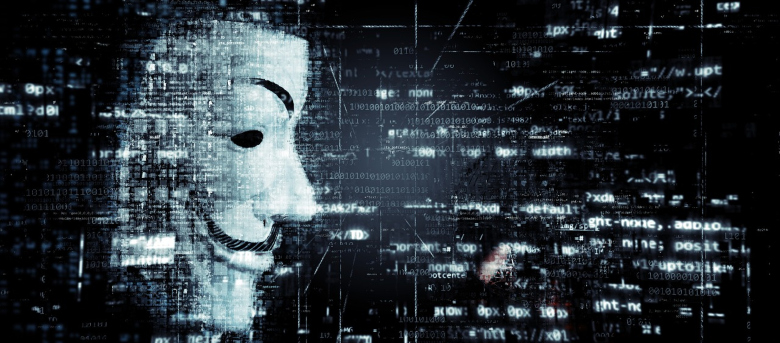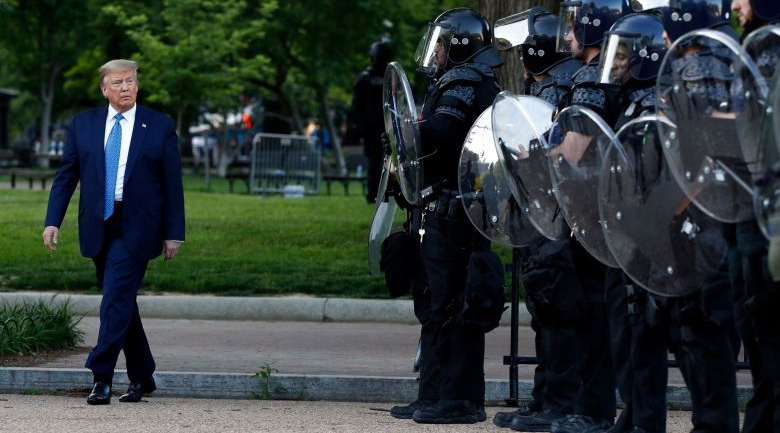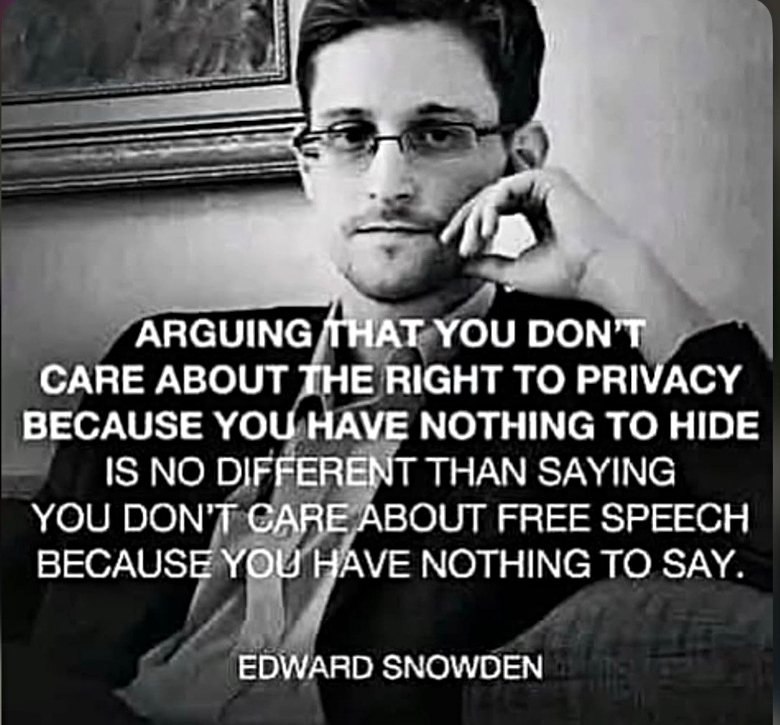Take Action To Resist Digital ID!
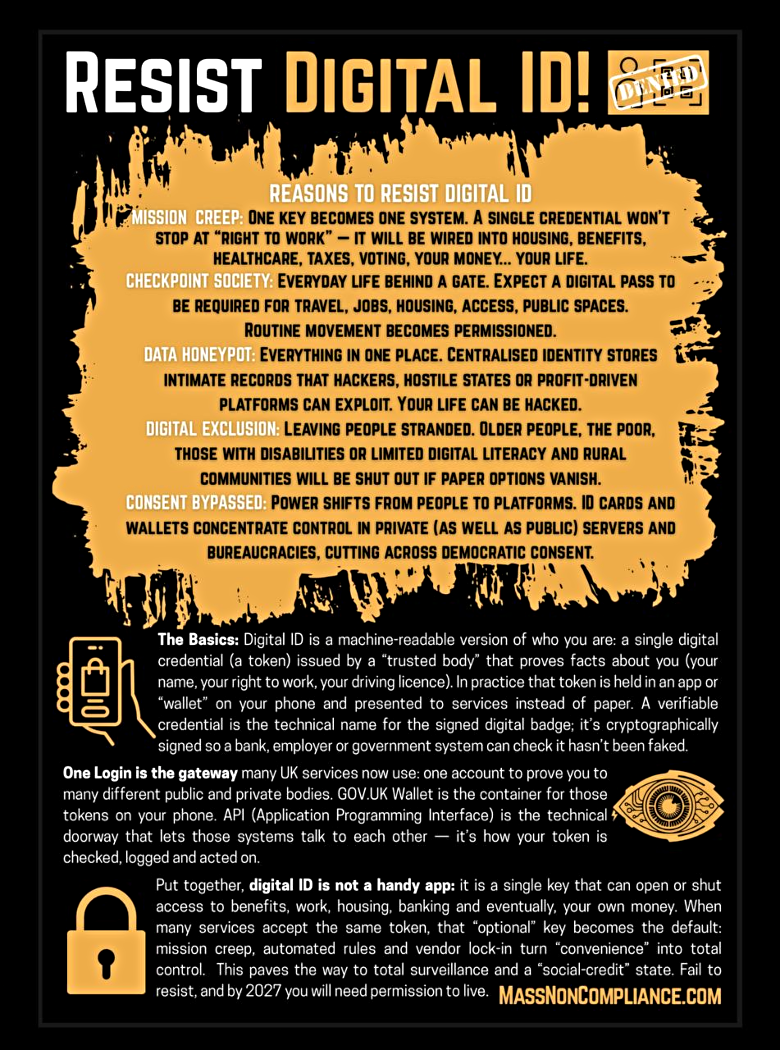
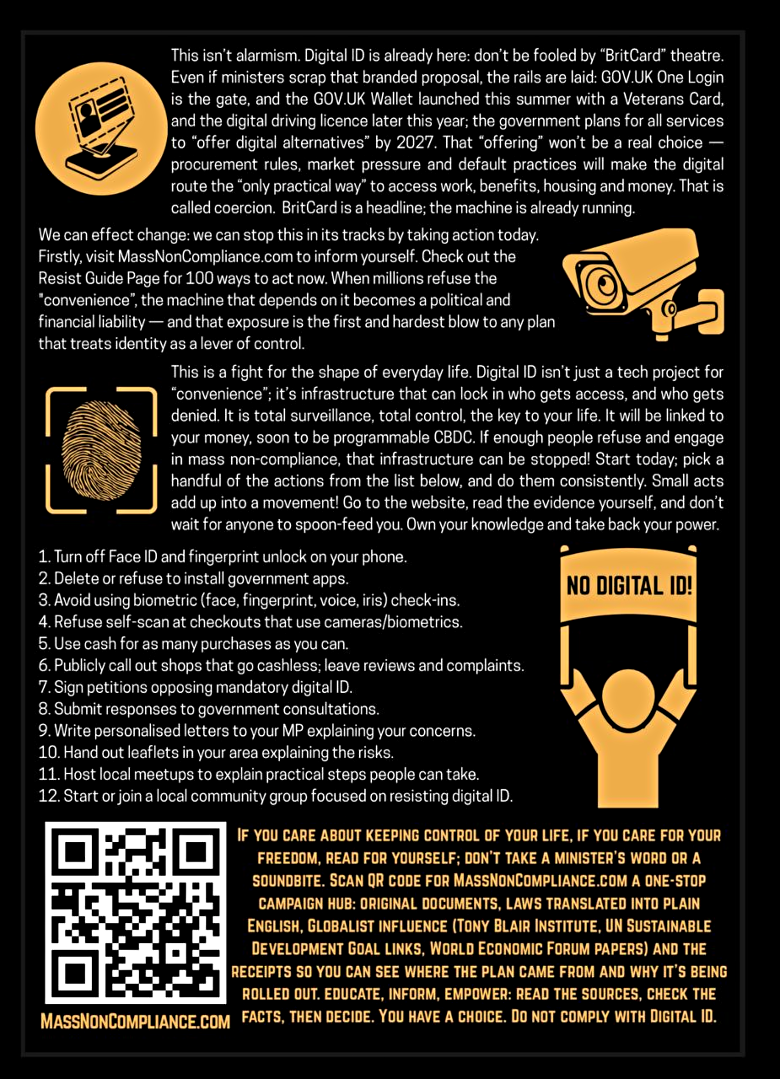
"We are at the brink. Fear and propaganda are the sales pitch. Digital ID is the product. It is marketed as safety but built for control. If you accept digital ID now, it may be the last real choice you ever make."
Despite the lies being told to us by politicians, technocrats, and news media propagandists, digital ID isn't being introduced to protect us, or to make life more convenient, or to stop illegal immigration. Digital ID is nothing but a tool of control by the world's wealthiest people who want to own everything on the planet...and that includes every one of us who can't afford to buy our own freedom. Digital ID is a step toward a global feudal economy, the introduction of slavery on a scale the world has never seen before, enforced by artificial intelligence, drones, robots, and any corrupt police officers willing to sell out humanity for a steady paycheck.
Do you really think they're building all those massive data centers to make your internet searches easier? No, those centers are being built so our lives can be tracked and controlled from cradle to grave -- everything we do, everything we buy, every place we go, everyone we interact with, and one day, all of our thoughts -- cataloged and analyzed by amoral machines that will decide what is best for us. Freedom, gone. Creativity, gone. Love and joy, gone.
We're closer to this dystopian future than most people realize. And it starts with digital ID, if we allow it.
A group of people in the United Kingdom are on the front lines taking action to inform the public about the dangers of digital ID and also giving advice on how to resist its implementation. I've republished one of their action plans above but there's more available on their website, massnoncompliance.com. Although the site is focused on the UK, don't be complacent. Digital ID is being rolled out worldwide, including in the United States. The "Real ID" scheme in the U.S. is the first phase of its introduction here.
I urge you to learn more about digital ID and then do your part to stop it.
The alternative is, quite frankly, slavery.
[for a pdf download of the action plan above, click here]

